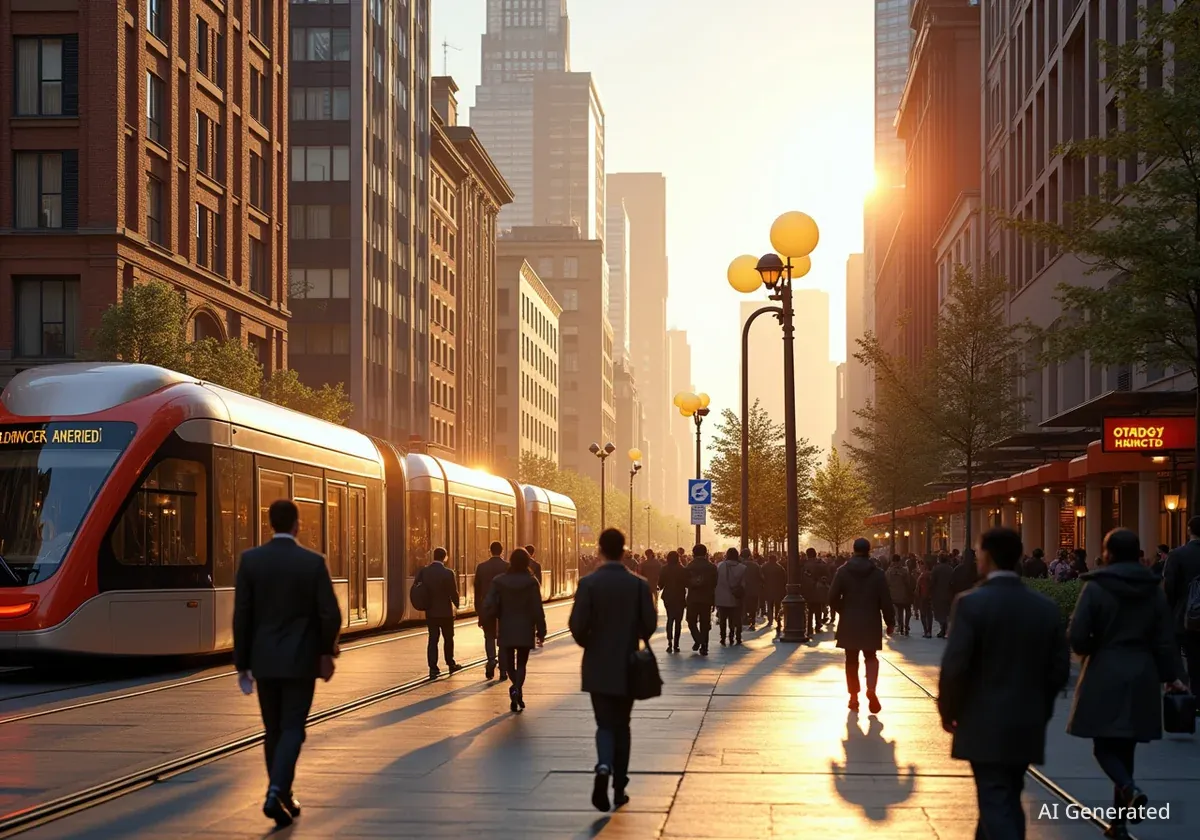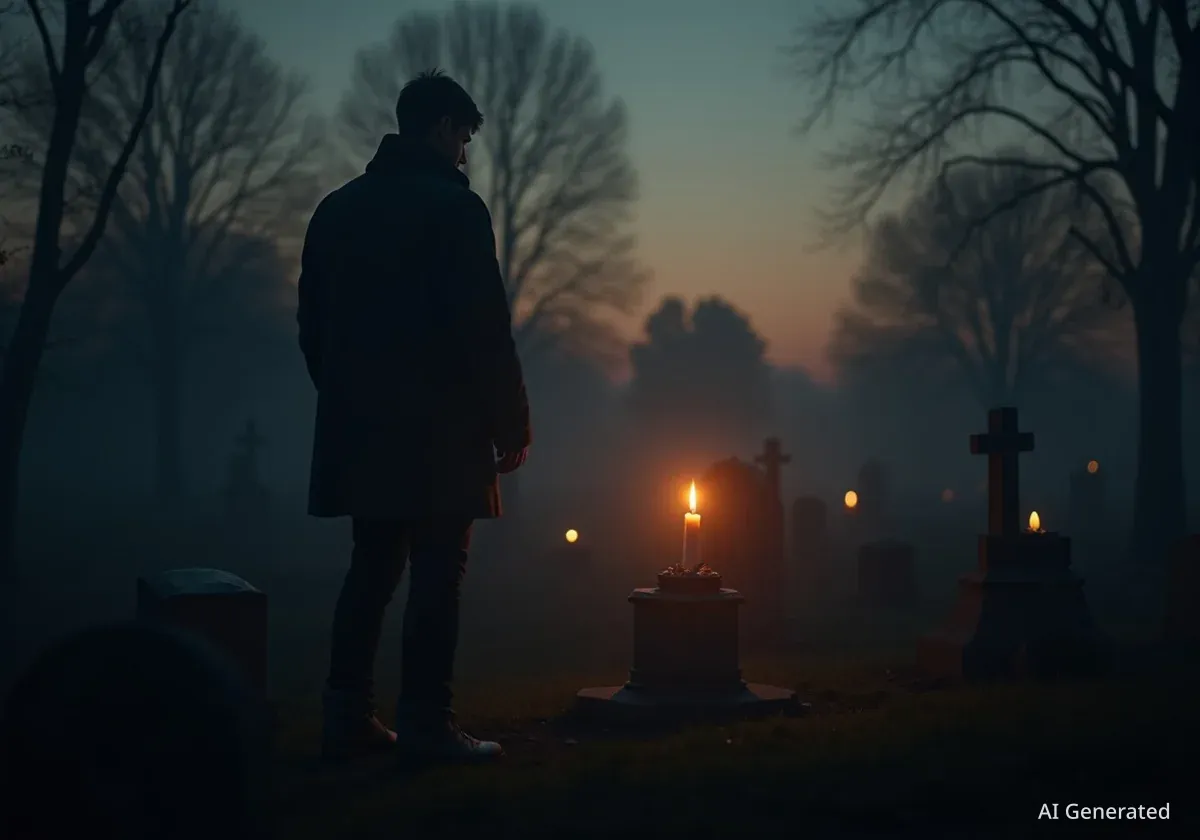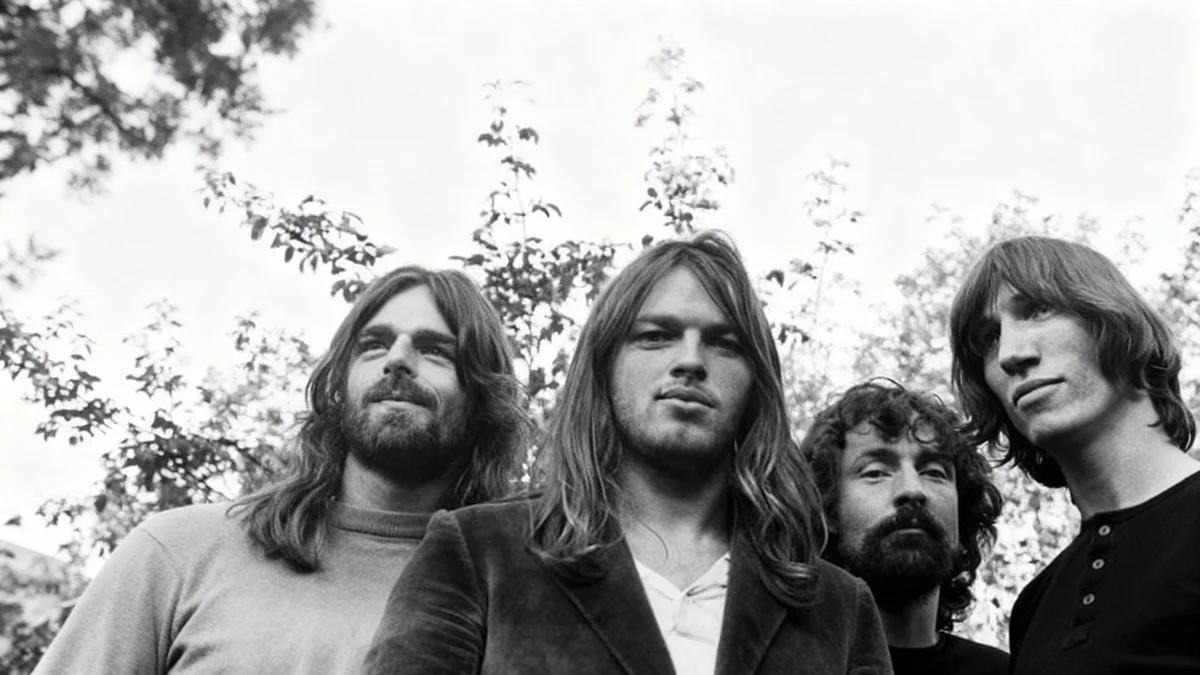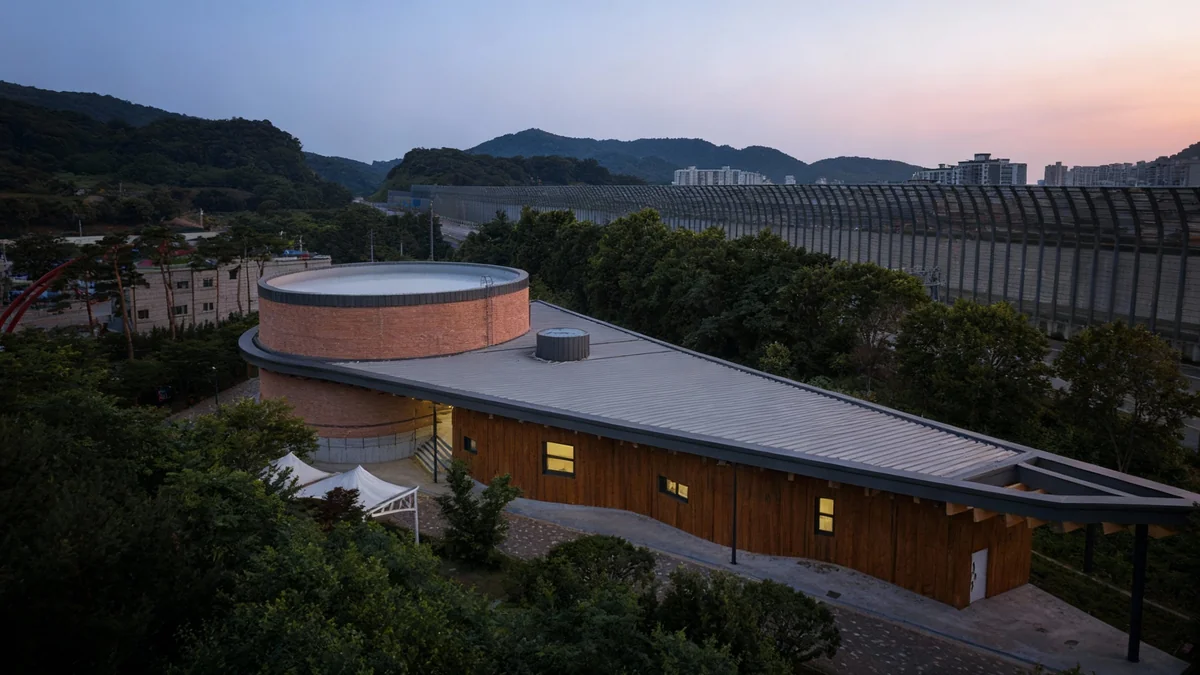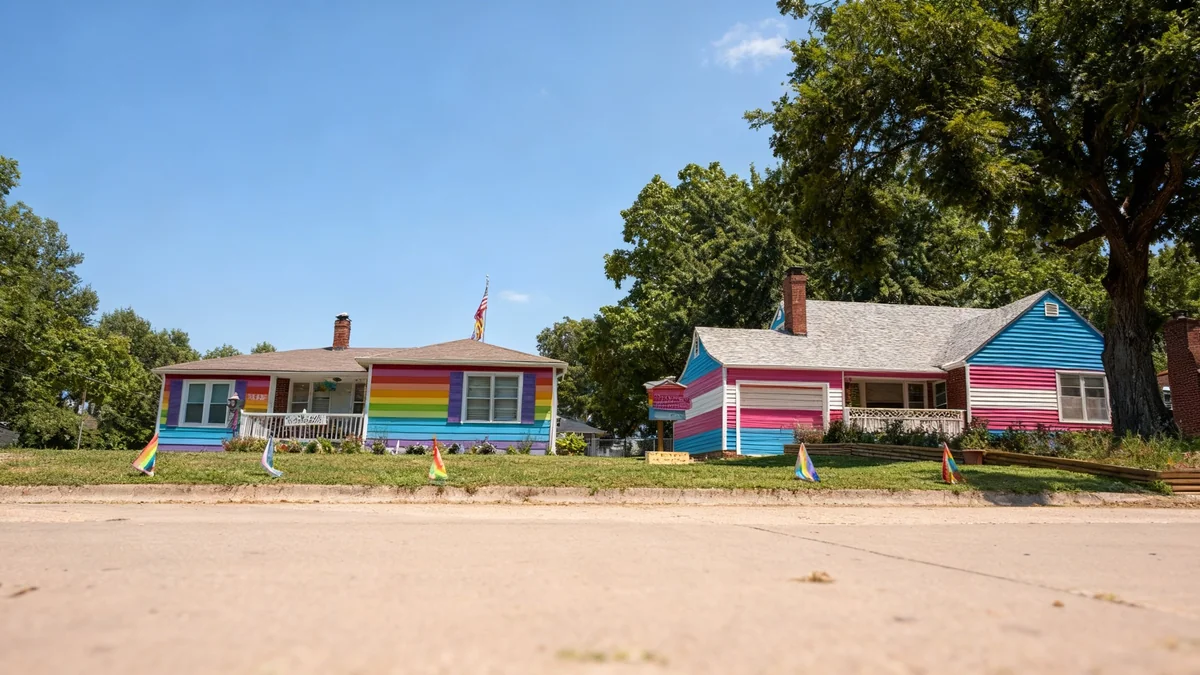Prominent cultural figures are sharing their visions for New York City in the year 2050. Authors Gary Shteyngart and Jacqueline Woodson, actors Ilana Glazer and Leslie Odom Jr., and Guggenheim curator Naomi Beckwith are among those looking ahead. Their predictions offer a mix of urban transformation, artistic shifts, and environmental considerations.
Key Takeaways
- Queens is projected to become New York City's most important borough.
- The Bronx is expected to emerge as a vibrant center for artistic activity.
- Environmental changes may lead to hermetically sealed flora in the city.
- Gowanus Canal could feature a white sand beach by 2050.
Queens: The Future Hub of New York
Gary Shteyngart, a notable author, believes Queens will be the most significant borough in New York City by 2050. He describes Queens as a vital area that attracts hardworking individuals from around the globe. This influx of diverse populations is expected to create a dynamic urban environment, which Shteyngart suggests has diminished in parts of Manhattan.
Shteyngart, who immigrated to Kew Gardens in the 1970s, sees Queens as a hub for the international working class. He highlights its diverse foods, pastimes, and the resilience of its residents. He states that areas from Jackson Heights to Bayside will be central to the city's future growth and where future generations will be born.
"The future of New York is Queens. Easily the city’s most important borough, it is like a great sponge that soaks up the most industrious people in the world and creates a vibrant urban landscape that has long disappeared in Manhattan..."
— Gary Shteyngart, Author
For those seeking an authentic urban experience, Shteyngart suggests Queens will offer a more grounded reality compared to the finance-driven and virtual aspects of other boroughs. He emphasizes the accessibility of this reality, noting it is just a short subway ride away.
Interesting Fact
Gary Shteyngart came to Kew Gardens, Queens, as an immigrant in the 1970s, which shaped his perspective on the borough's cultural significance.
The Bronx: A New Artistic Center
Naomi Beckwith, Chief Curator at the Guggenheim Museum, envisions a significant shift in New York City's artistic landscape by 2050. She predicts that the creative energy traditionally associated with Brooklyn will move to the Bronx. This will transform the Bronx into a lively center for arts and culture.
Beckwith anticipates new studios and performance spaces emerging across the Bronx. The city is expected to support these developments, potentially bringing Museum Mile programming to the borough. This would expand access to high-quality artistic experiences for Bronx residents.
She also imagines a new building for El Museo del Barrio, designed by a Puerto Rican architect, winning a Pritzker Prize. This highlights a future where diverse architectural talent is recognized and celebrated within the city's cultural institutions. The Governors Island Public Art Biennial is also expected to continue, with future editions receiving support from unexpected sources like SpaceX, even with a poignant note about past artistic losses.
Background on New York's Art Scene
Historically, areas like Manhattan's Greenwich Village and later Brooklyn's Williamsburg have been centers for artistic innovation. The predictions suggest a continued evolution of these cultural hubs, with new boroughs taking on leading roles.
Transformations Across the City
Beyond specific boroughs, Beckwith's vision includes broader changes to New York City's physical environment. She envisions the Gowanus Canal, currently an industrial waterway, featuring a white sand beach by 2050. This transformation suggests significant environmental clean-up and urban renewal efforts.
Other predictions include the Brooklyn Navy Yard hosting a casino and East Williamsburg becoming home to a Chanel boutique. These examples illustrate a future where different parts of the city adapt to new economic and luxury trends. Such changes could redefine neighborhoods and alter their character significantly.
An illustrator, Daniel Salmieri, also shared his vision of a futuristic New York. He depicted a city where citizens enjoy fair wages and affordable living. This allows them more time and mental space for artistic pursuits. However, his vision also includes a stark environmental detail: all flora is hermetically sealed, suggesting a degraded natural environment.
- Gowanus Canal: Expected to have a white sand beach.
- Brooklyn Navy Yard: Projected to host a casino.
- East Williamsburg: Could feature a Chanel boutique.
Challenges and Opportunities for New York's Future
The visions shared by these cultural figures highlight both challenges and opportunities for New York City. The shift of artistic energy to the Bronx suggests a decentralization of culture, potentially making art more accessible to diverse communities. The focus on Queens as a hub for the working class points to a future where affordability and community thrive.
However, the environmental aspect, as illustrated by Daniel Salmieri's sealed flora, raises concerns. While a thriving artistic scene and improved living conditions are positive, the potential cost to the natural environment is a significant consideration. City planners and policymakers will need to address these environmental concerns as New York evolves.
The future of New York City appears to be one of constant change and adaptation. The city's ability to absorb new populations and redefine its neighborhoods will continue to shape its identity. These predictions offer a glimpse into a potential future where culture, community, and the environment intertwine in new and complex ways.
According to these figures, the city will remain a place of innovation. It will also be a place where diverse communities continue to influence its character. The next 25 years will likely bring many of these predicted changes to fruition.
